Axial & Appendicular Skeleton
1/175
There's no tags or description
Looks like no tags are added yet.
Name | Mastery | Learn | Test | Matching | Spaced |
|---|
No study sessions yet.
176 Terms
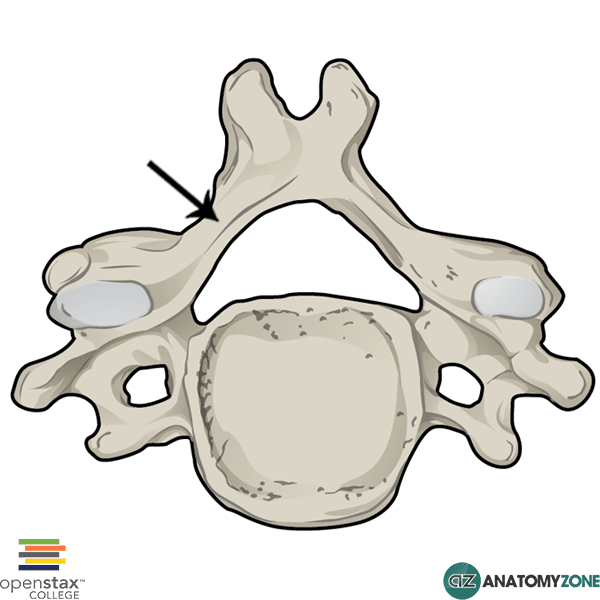
name this bone or bone marking
lamina
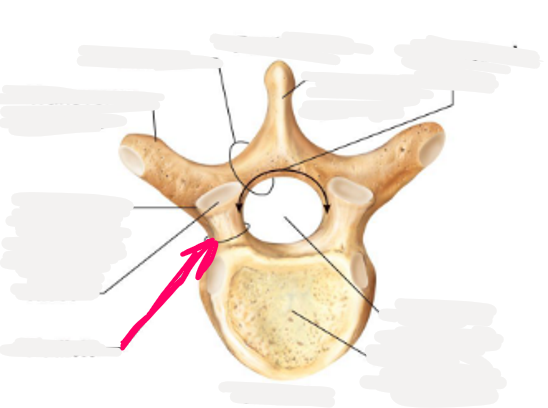
name this bone or bone marking
pedicle
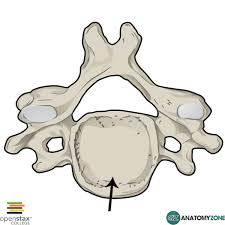
name this bone or bone marking
body
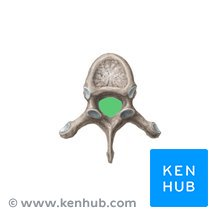
name this bone or bone marking
vertebral foramen
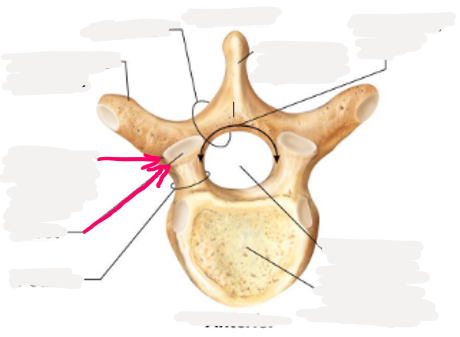
name this bone or bone marking
superior articular facet and process
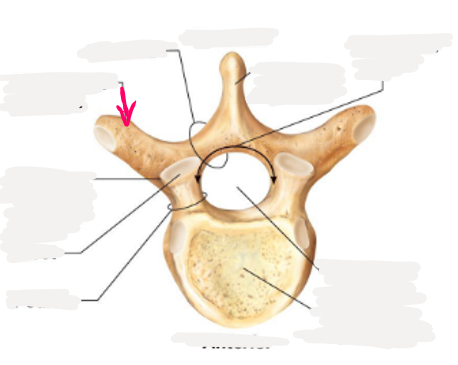
name this bone or bone marking
transverse process
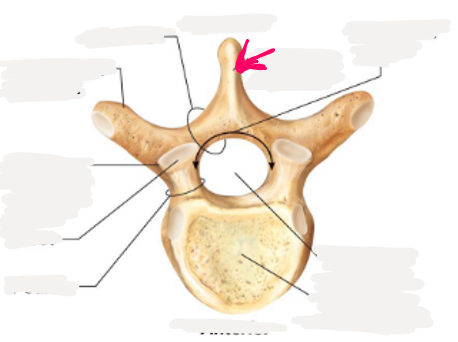
name this bone or bone marking
spinous process
how many vertebrae does the cervical curvature have?
7 (C1-C7)
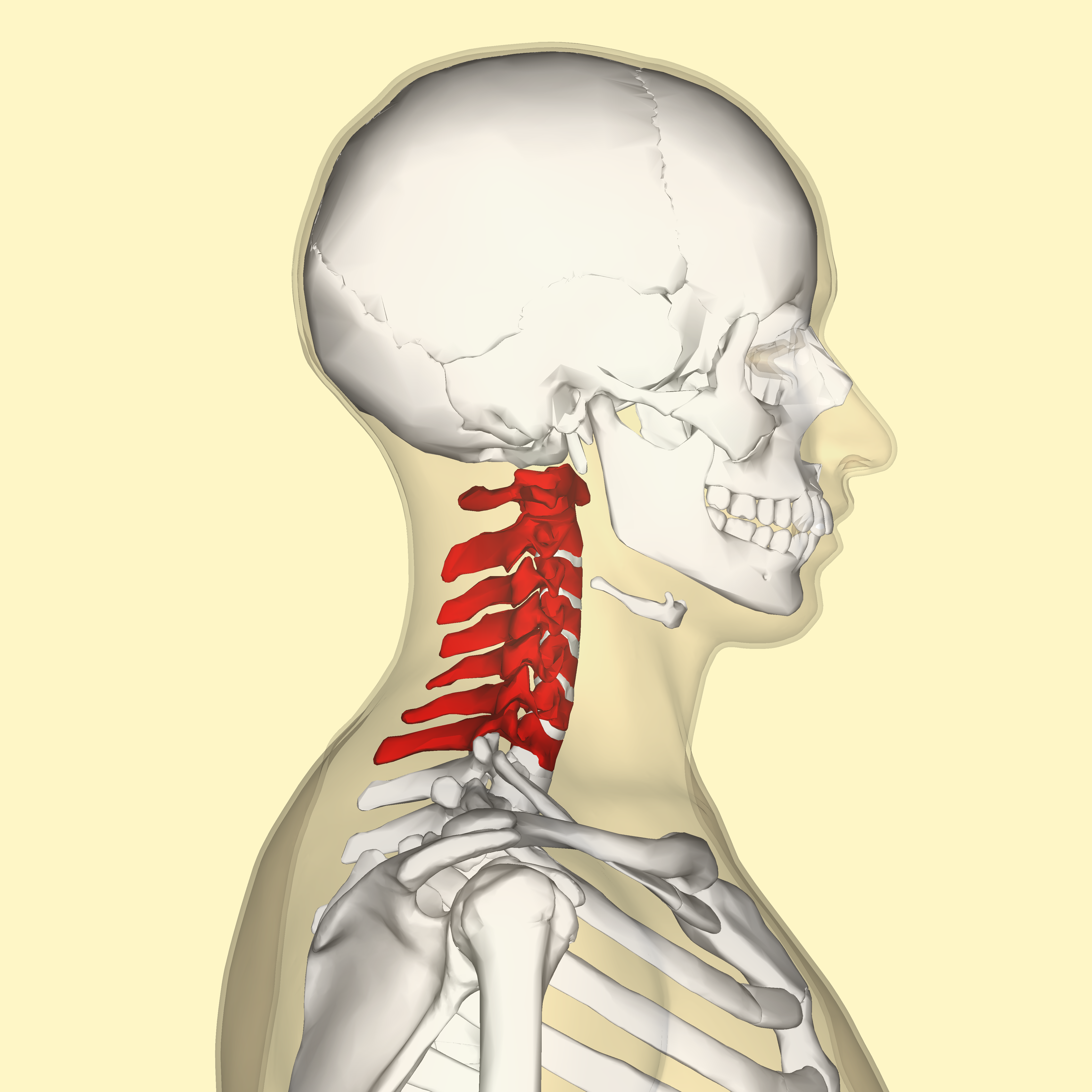
name this curvature
cervical
how many vertebrae does the thoracic curvature have?
12 (T1-T12)
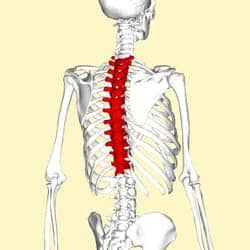
name this curvature
thoracic
how many vertebrae does the thoracic curvature have?
5 (L1-L5)
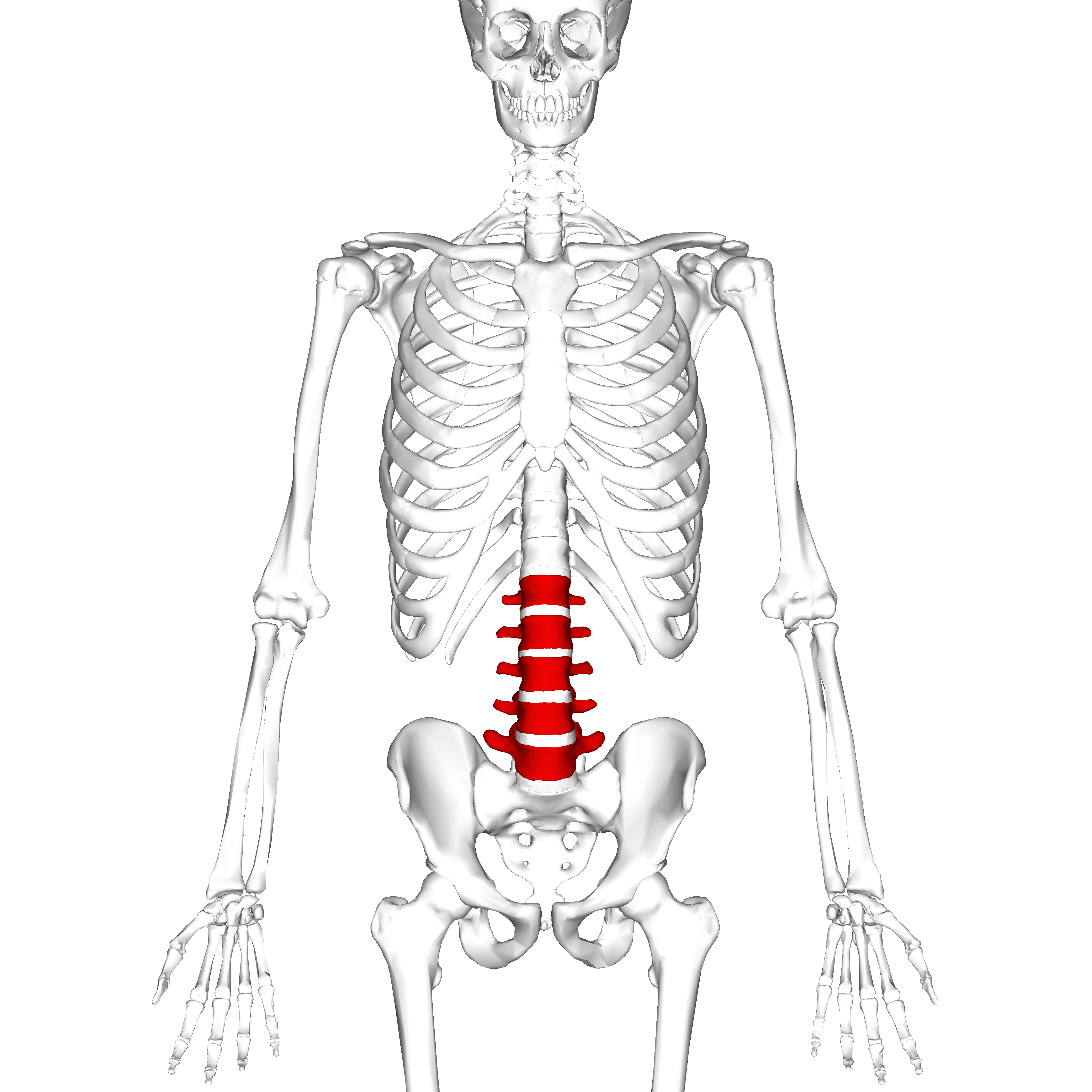
name this curvature
lumbar
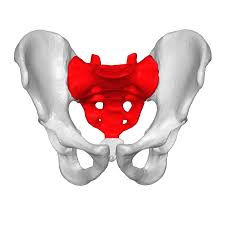
name this bone or bone marking
sacrum
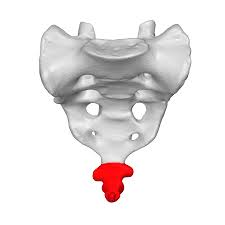
name this bone or bone marking
coccyx
which bone(s) are considered fused vertebrae?
sacrum and coccyx
how many vertebrae does the sacrum have?
5
how many vertebrae does the sacrum have?
4
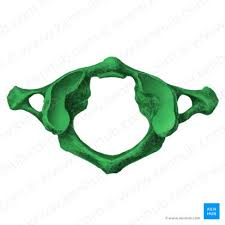
name this bone or bone marking
atlas (C1)
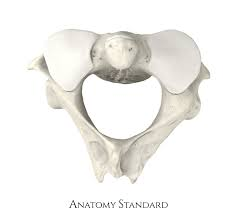
name this bone or bone marking
atlas (C2)
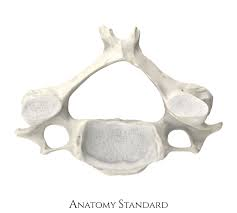
Which vertebral group does this bone belong to? (cervical, thoracic, or lumbar)
cervical
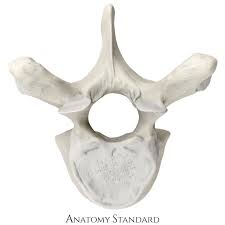
Which vertebral group does this bone belong to? (cervical, thoracic, or lumbar)
thoracic
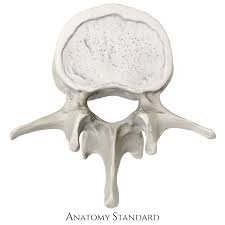
Which vertebral group does this bone belong to? (cervical, thoracic, or lumbar)
lumbar
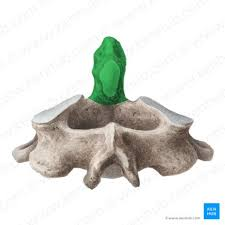
name this bone of bone marking
dens of axis
What key feature(s) can be used to identify atlas from all the other cervical bones?
atlas has no body and has a facet for the dens of axis
What key feature(s) can be used to identify axis from all the other cervical bones?
axis has dens
What key feature(s) can be used to identify a cervical vertebra?
bifit spinous process,
triangular vertebral foramen
has transverse foramen
rectangular body
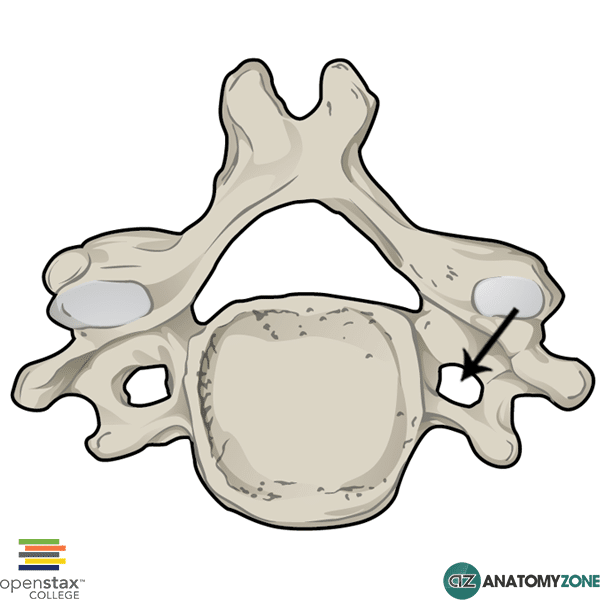
name this bone or bone marking
transverse foramen
What key feature(s) can be used to identify a thoracic vertebra?
transverse costal facets (for ribs)
circular vertebral foramen
heart-shaped body
What key feature(s) can be used to identify a lumbar vertebra?
short blunt spinous process
kidney-shaped body
triangular vertebral foramen
thin and tapered spinous processes
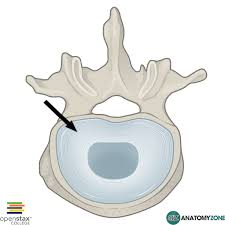
name this bone or bone marking
anulus fibrosus
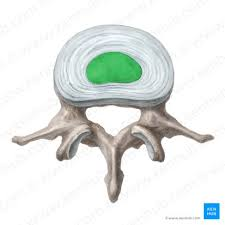
name this bone or bone marking
nucleus pulposus
what happens when you get a herniated disc?
the anulus fibrous tears and the nucleus pulposus herniates out, it will then press on the spinal nerve roots
the rib articulates with the ______________ of the vertebrae above, the ___________ of the rib vertebrae below, and the _________ of the vertebrae below
inferior costal facet; superior costal facet; transverse costal facet on transverse process
what surgery is done for people who have disk herniation with neurological signs?
laminectomy
what vertebrae does the rib articulate with?
thoracic vertebrae
what vertebral region has the greatest range of motion?
cervical
which vertebral region has the most rotation?
thoracic
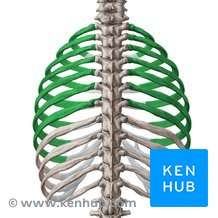
name these bone or bone markings
true ribs (1-7)
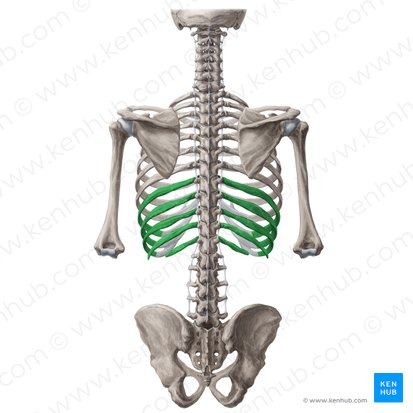
name these bone or bone markings
false ribs (8-12)
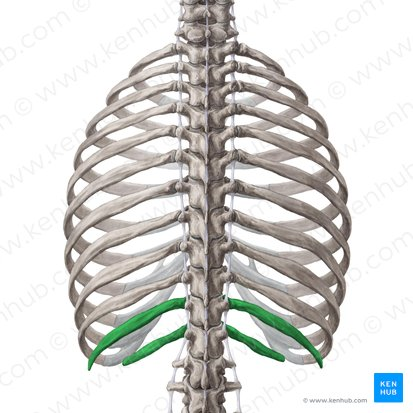
name these bone or bone markings
floating ribs (11-12)
attached to sternum with their own cartilage
true ribs
attached to the sternum by joining the cartilage of the rib above
false ribs
not attached to the sternum in anyway & have no cartilage
floating ribs
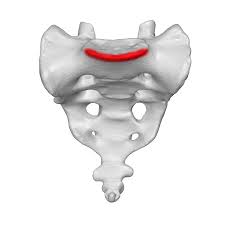
name this bone of bone marking
sacral promontory
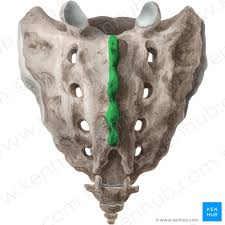
name this bone of bone marking
median sacral crest
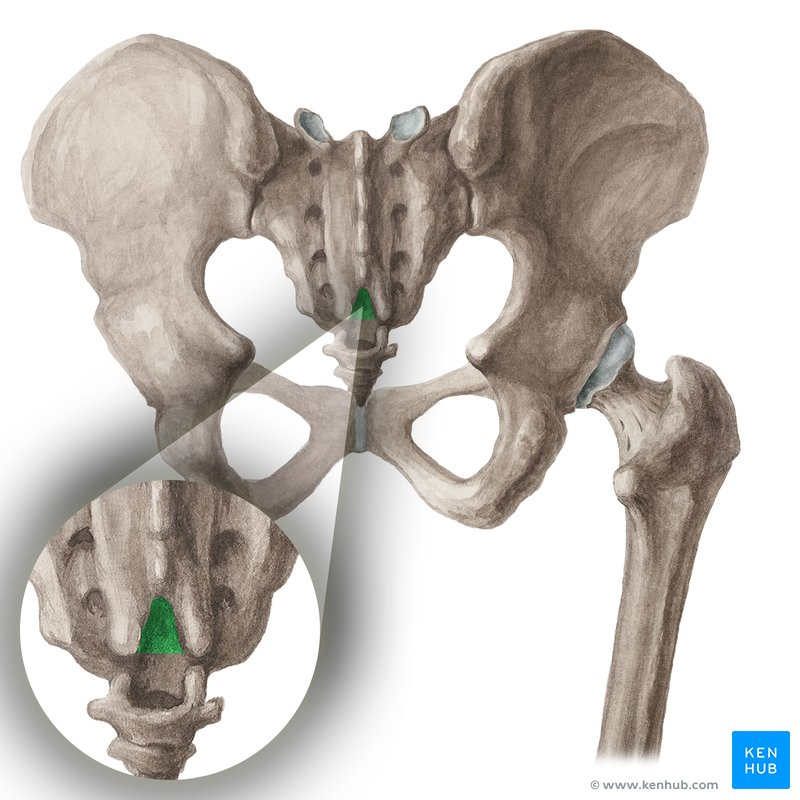
name this bone of bone marking
sacral hiatus
which ribs have no anterior or inferior attachment?
floating ribs
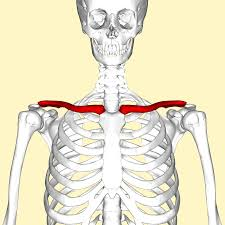
name this bone or bone marking
clavicle
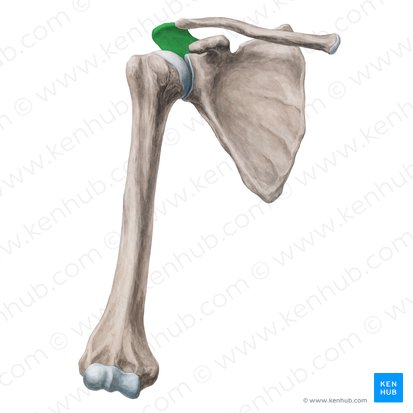
name this bone or bone marking
acromion
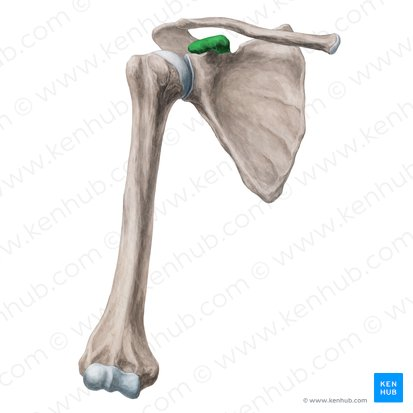
name this bone or bone marking
coracoid process
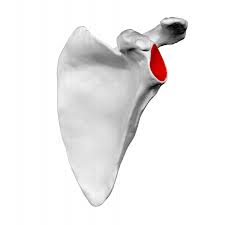
name this bone or bone marking
glenoid cavity
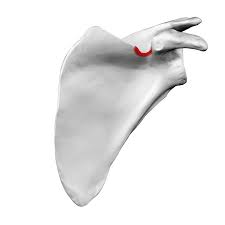
name this bone or bone marking
suprascapular notch
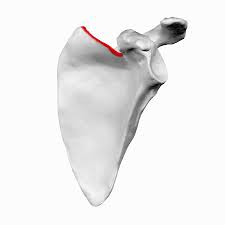
name this bone or bone marking
superior border
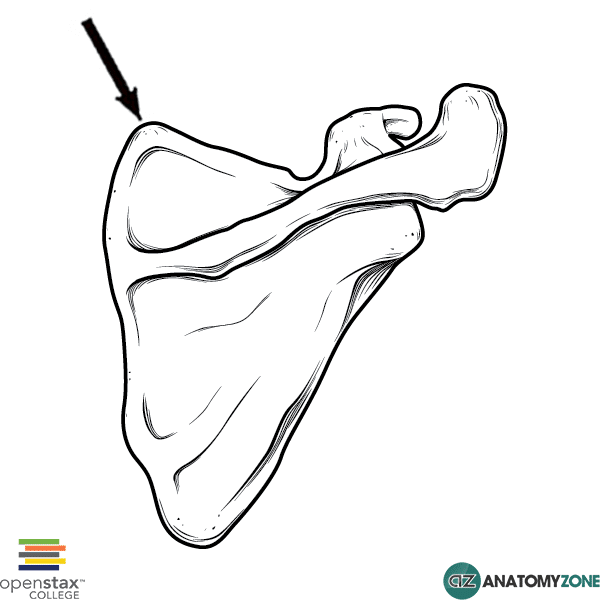
name this bone or bone marking
superior angle
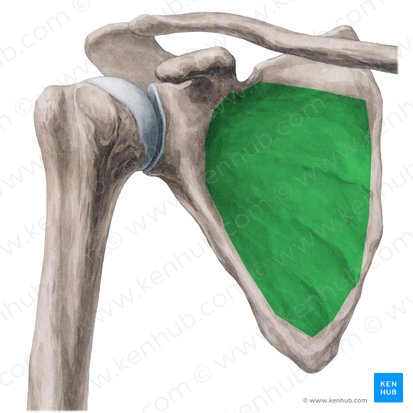
name this bone or bone marking
subscapular fossa
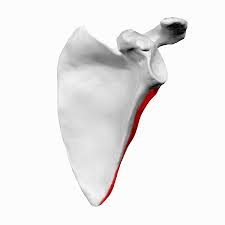
name this bone or bone marking
lateral border
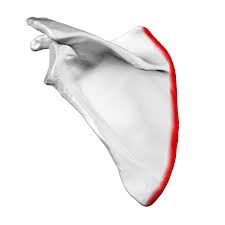
name this bone or bone marking
medial border
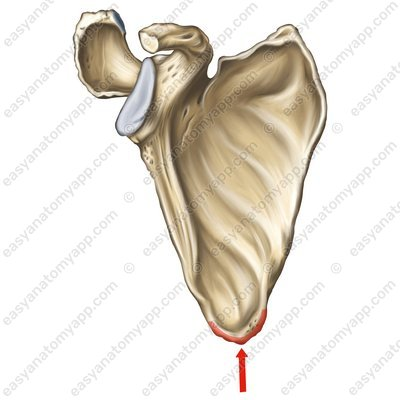
name this bone or bone marking
inferior angle
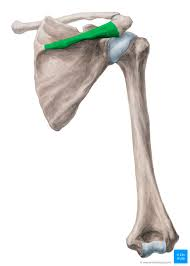
name this bone or bone marking
spine
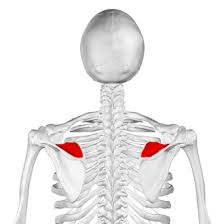
name this bone or bone marking
supraspinous fossa
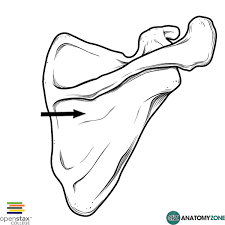
name this bone or bone marking
infraspinous fossa
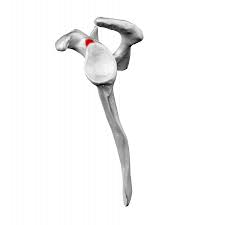
name this bone or bone marking
supraglenoid tubercule
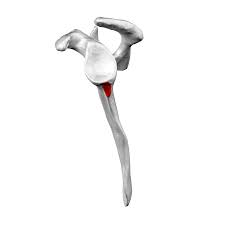
name this bone or bone marking
infraglenoid tubercule
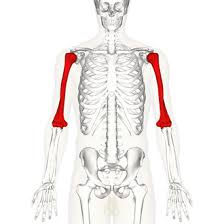
name this bone or bone marking
humerus
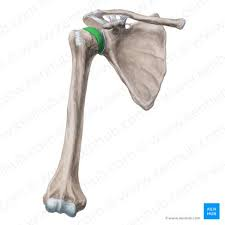
name this bone or bone marking
head of humerus
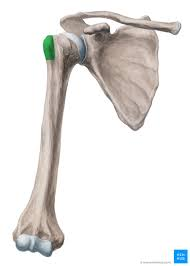
name this bone or bone marking
greater tubercle
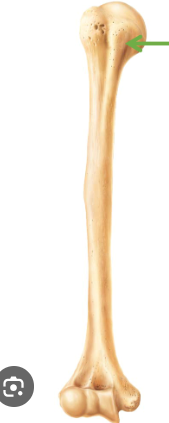
name this bone or bone marking
lesser tubercle
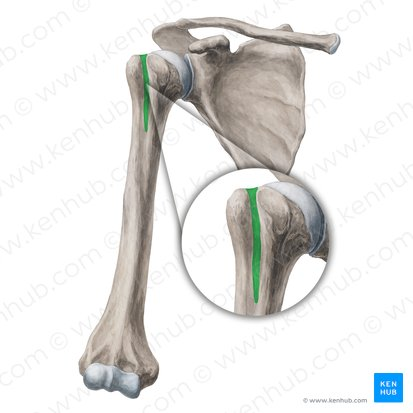
name this bone or bone marking
intertubercular sulcus
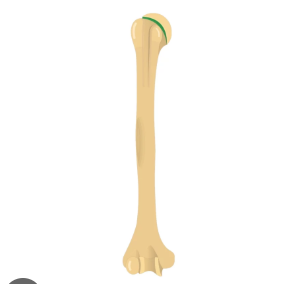
name this bone or bone marking
anatomical neck
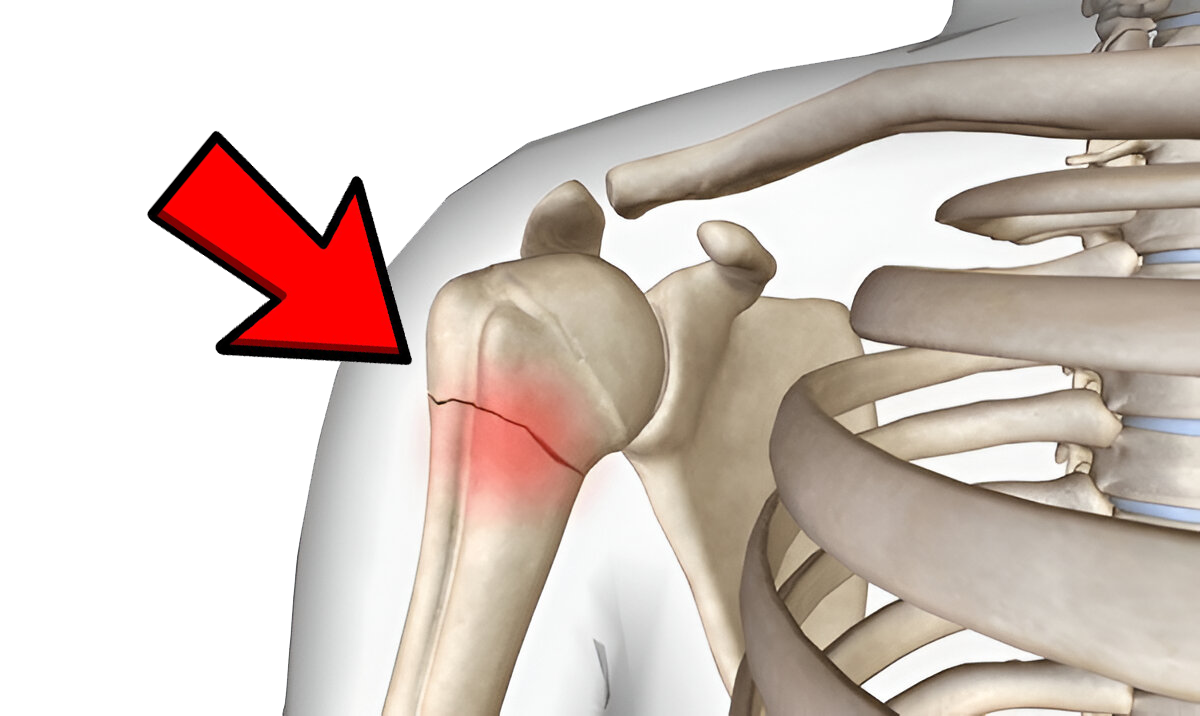
name this bone or bone marking
surgical neck
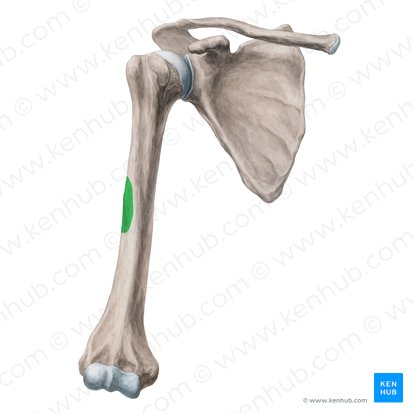
name this bone or bone marking
deltoid tuberosity
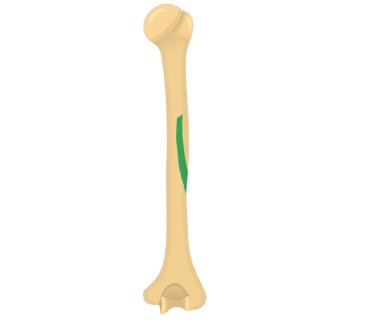
name this bone or bone marking
radial groove
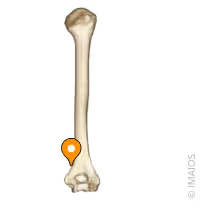
name this bone or bone marking
medial supracondylar ridge
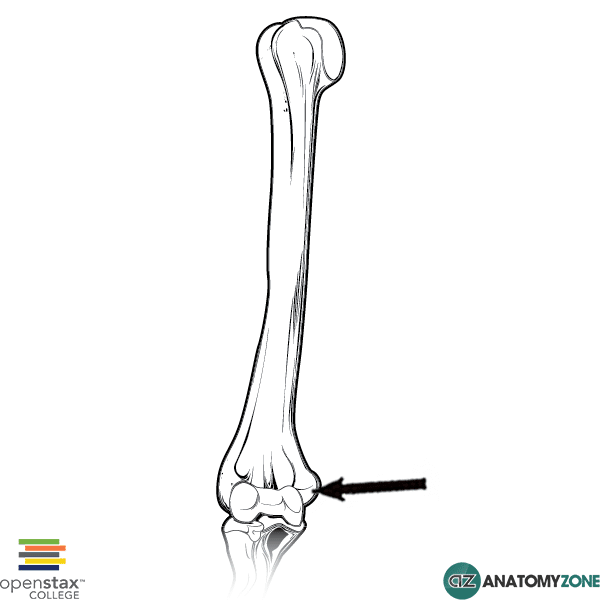
name this bone or bone marking
medial epicondyle
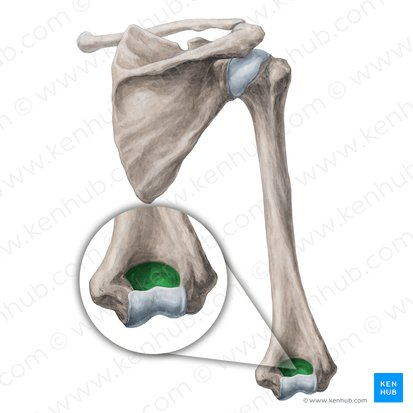
name this bone or bone marking
olecranon fossa
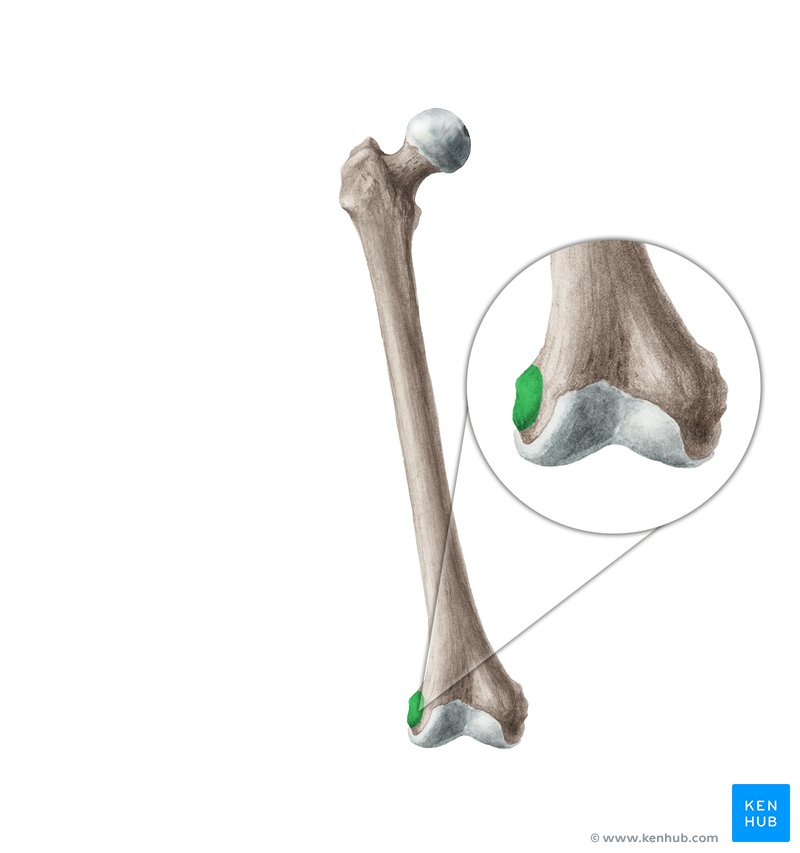
name this bone or bone marking
lateral epicondyle
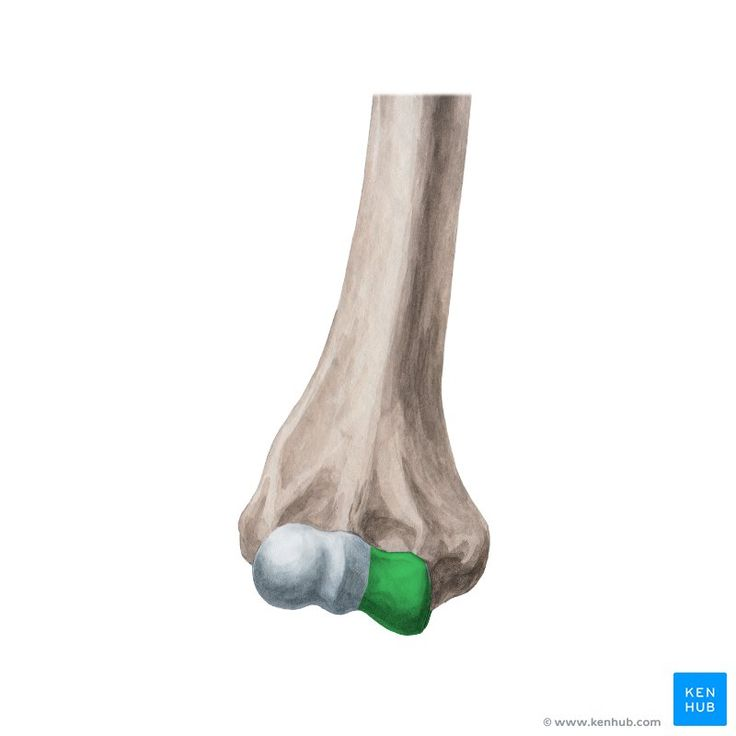
name this bone or bone marking
trochlea
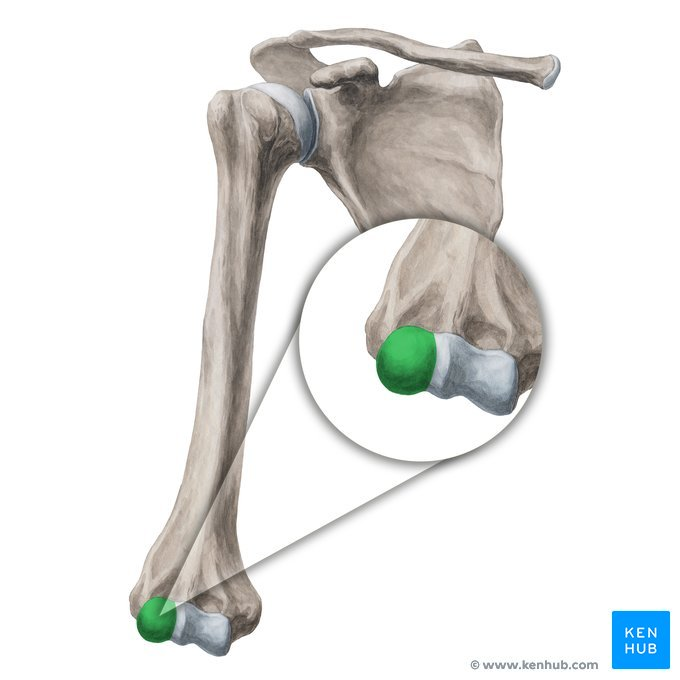
name this bone or bone marking
capitulum
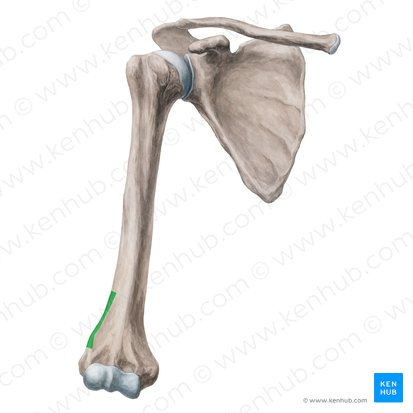
name this bone or bone marking
lateral supracondylar ridge
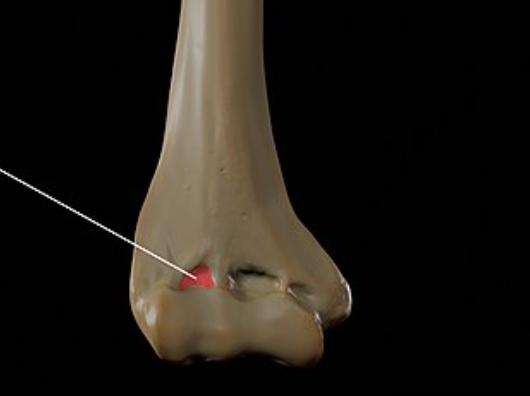
name this bone or bone marking
radial fossa
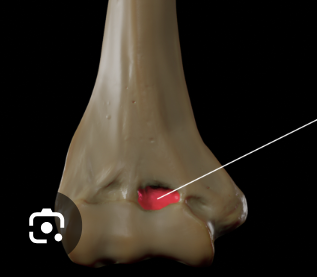
name this bone or bone marking
coronoid fossa
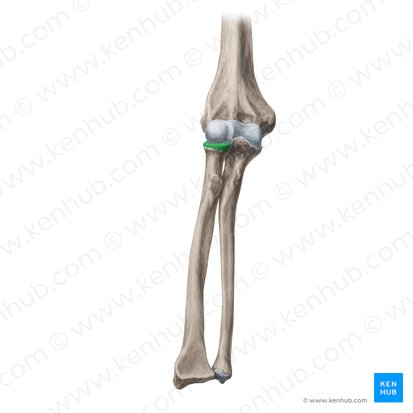
name this bone or bone marking
head of radius
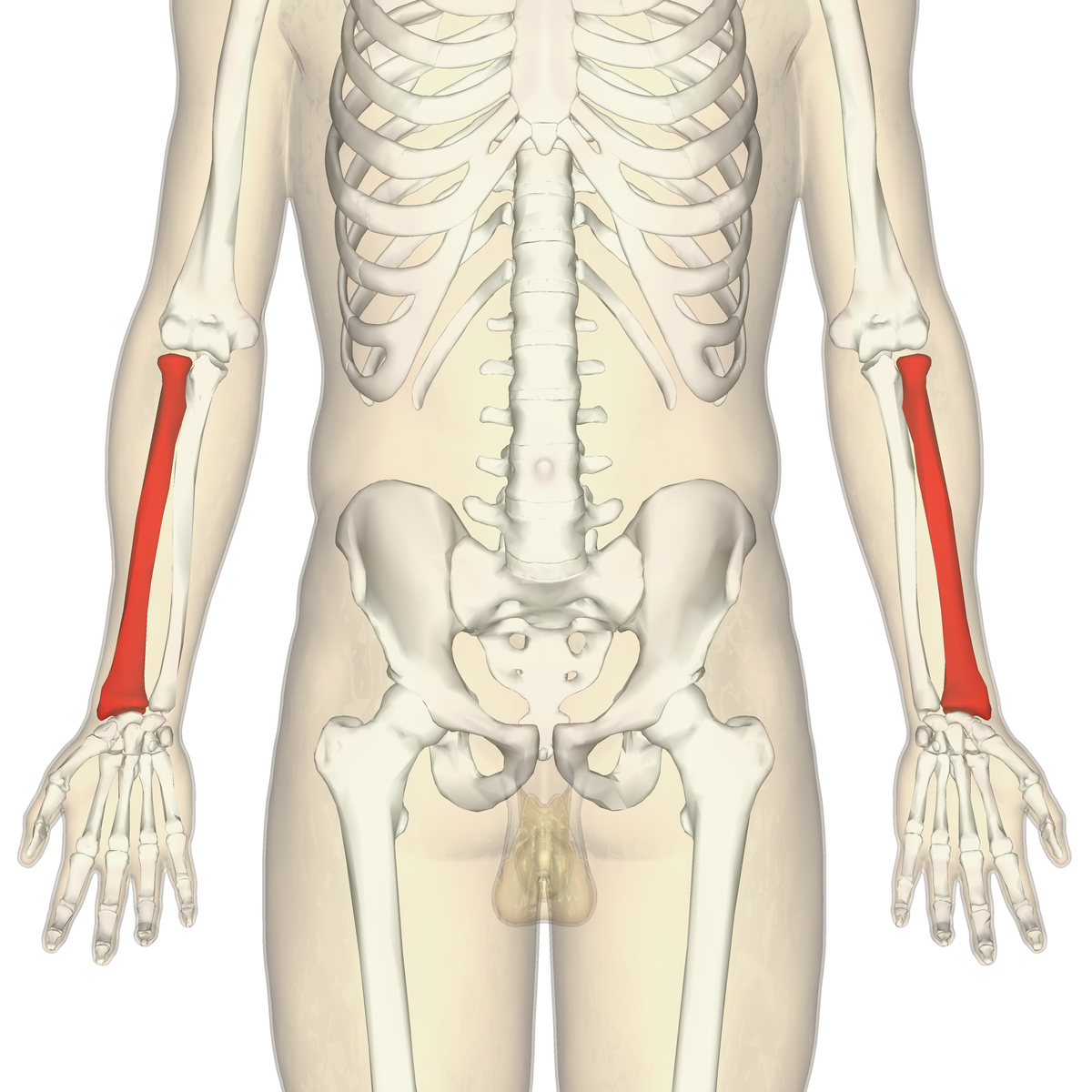
name this bone or bone marking
radius
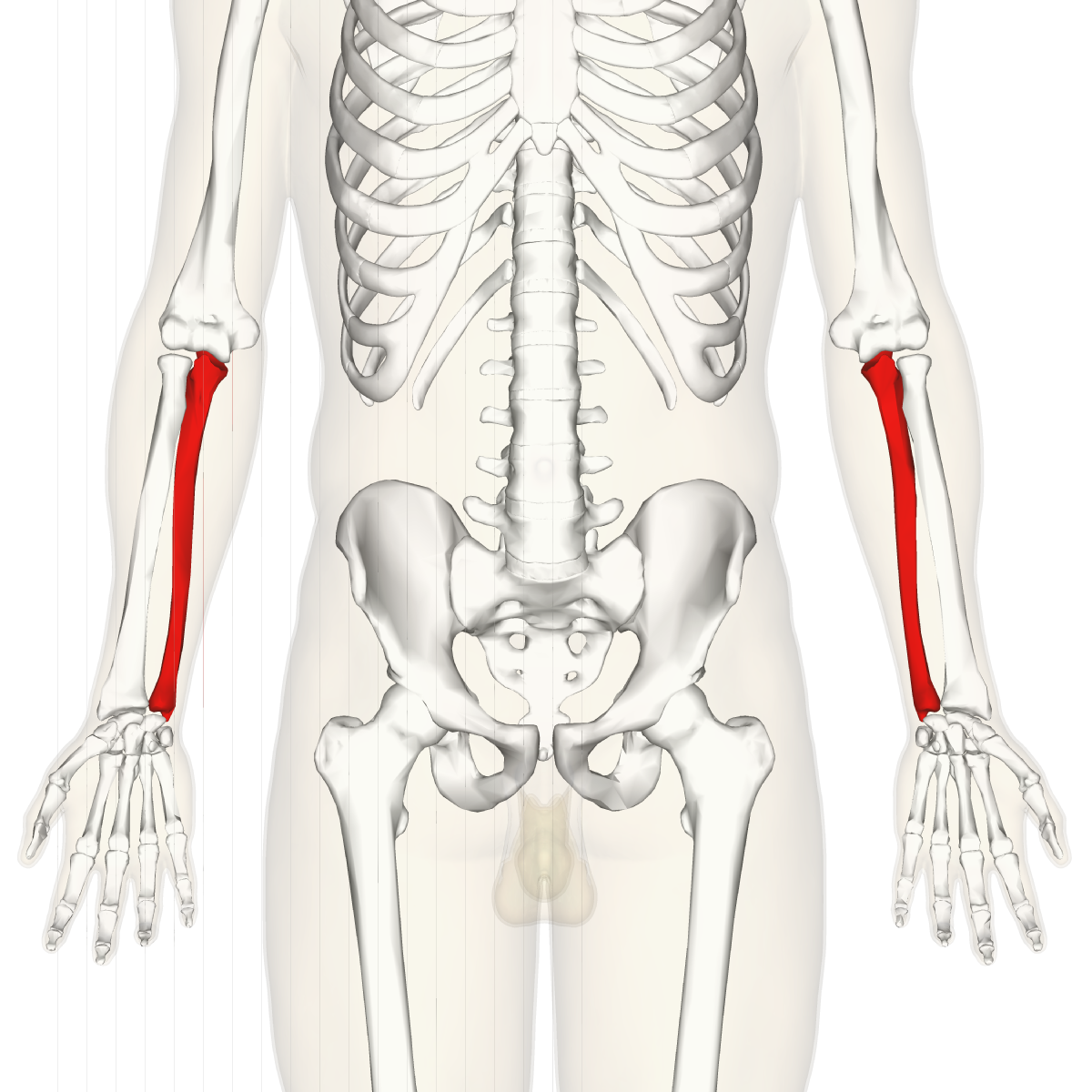
name this bone or bone marking
ulna
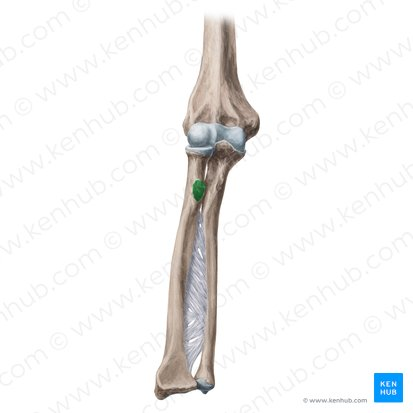
name this bone or bone marking
radial tuberosity
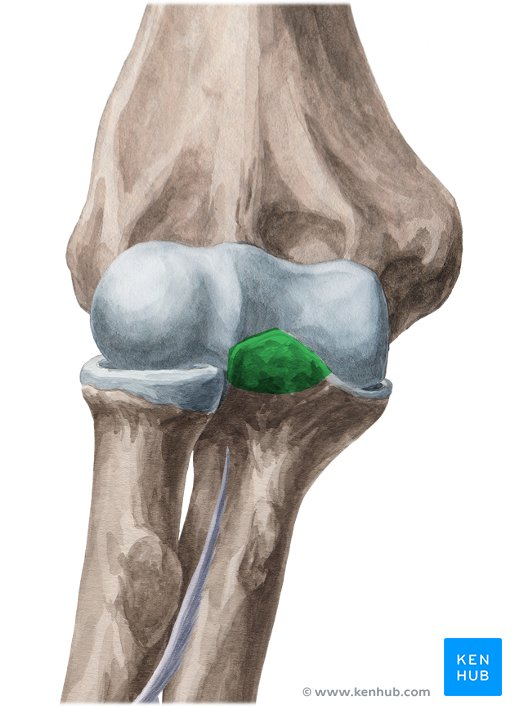
name this bone or bone marking
coronoid process
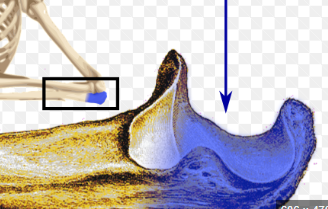
name this bone or bone marking
olecranon
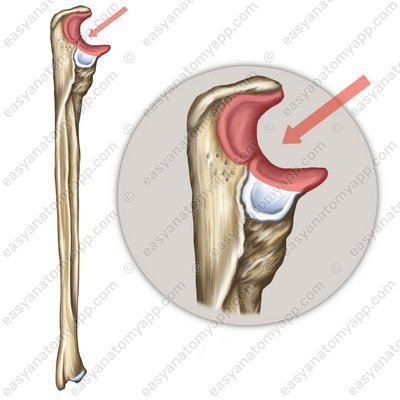
name this bone or bone marking
trochlear notch
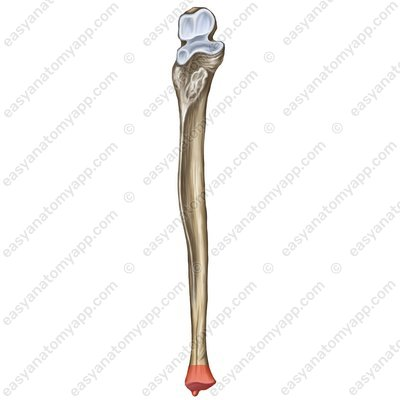
name this bone or bone marking
head of ulna
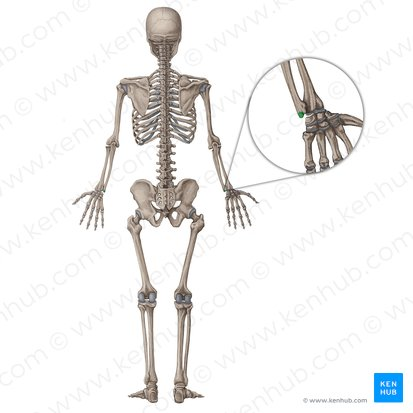
name this bone or bone marking
ulnar styloid process
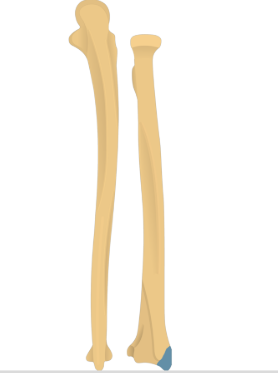
name this bone or bone marking
radius styloid process
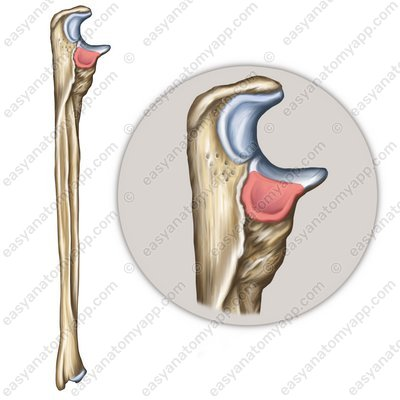
name this bone or bone marking
radial notch
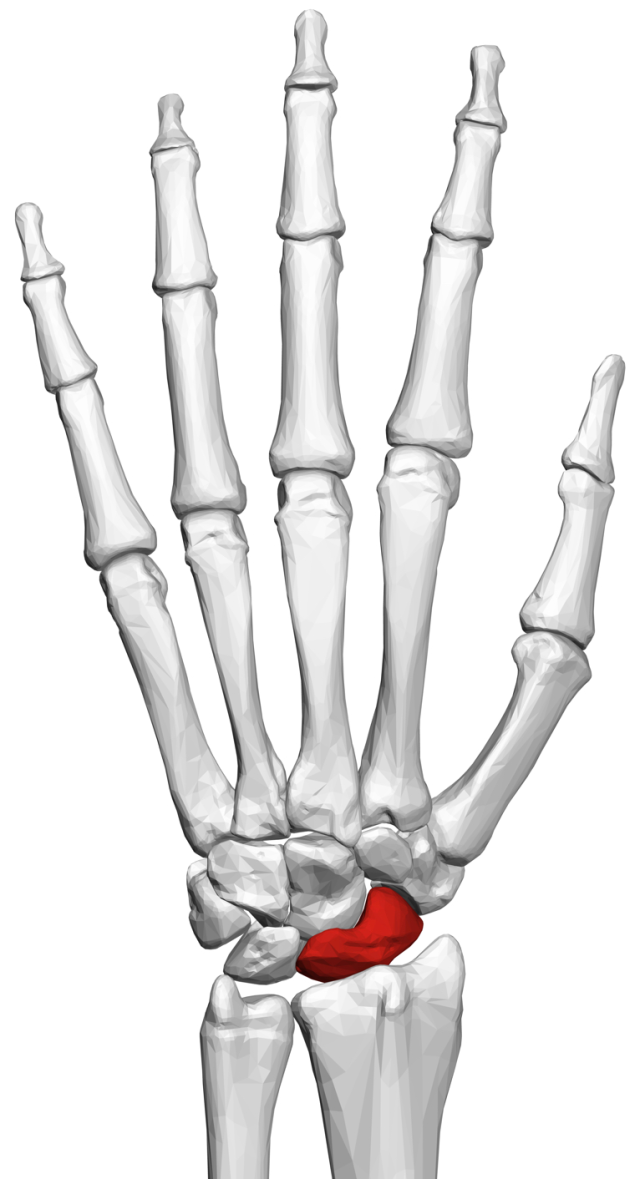
name this bone or bone marking
scaphoid (peanut)
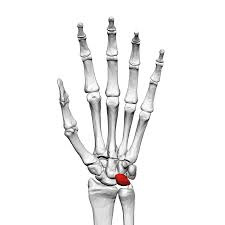
name this bone or bone marking
lunate (crescent moon)
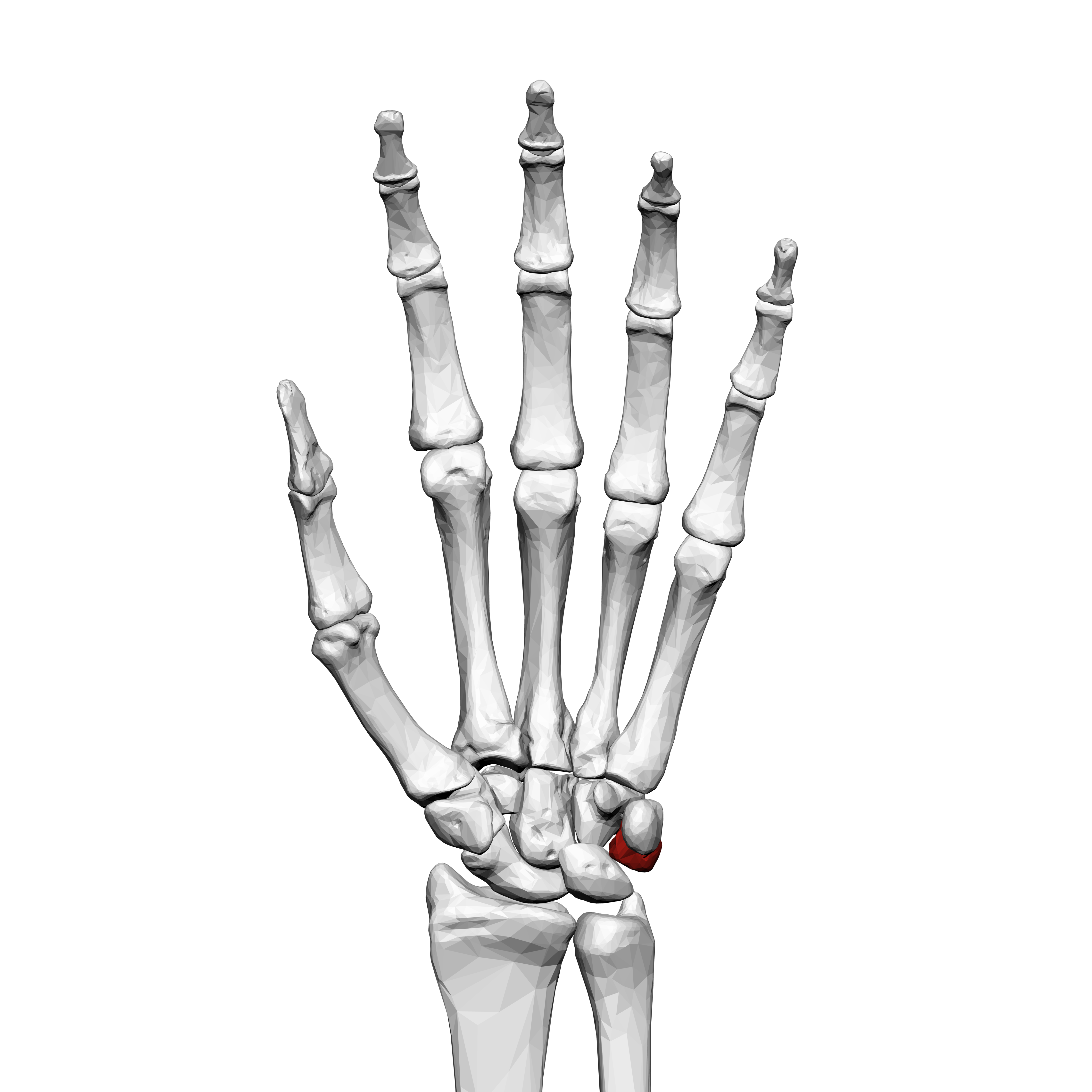
name this bone or bone marking
triquetrum (triangle)
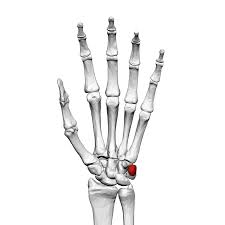
name this bone or bone marking
pisiform (pea)
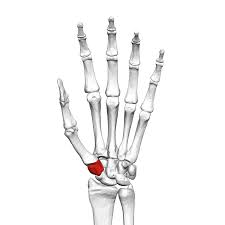
name this bone or bone marking
trapezium (letter t)
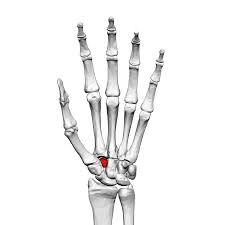
name this bone or bone marking
trapezoid (baby boot)
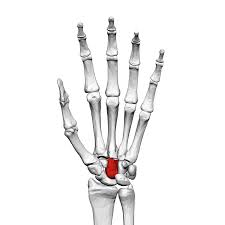
name this bone or bone marking
capitate (skull)